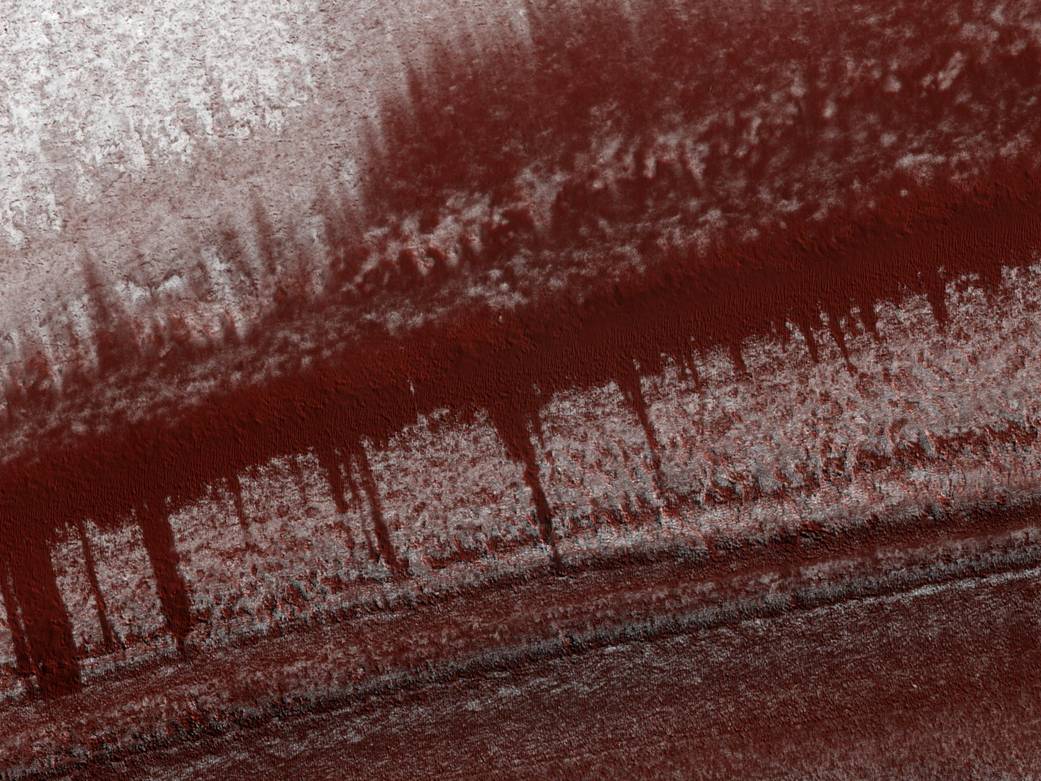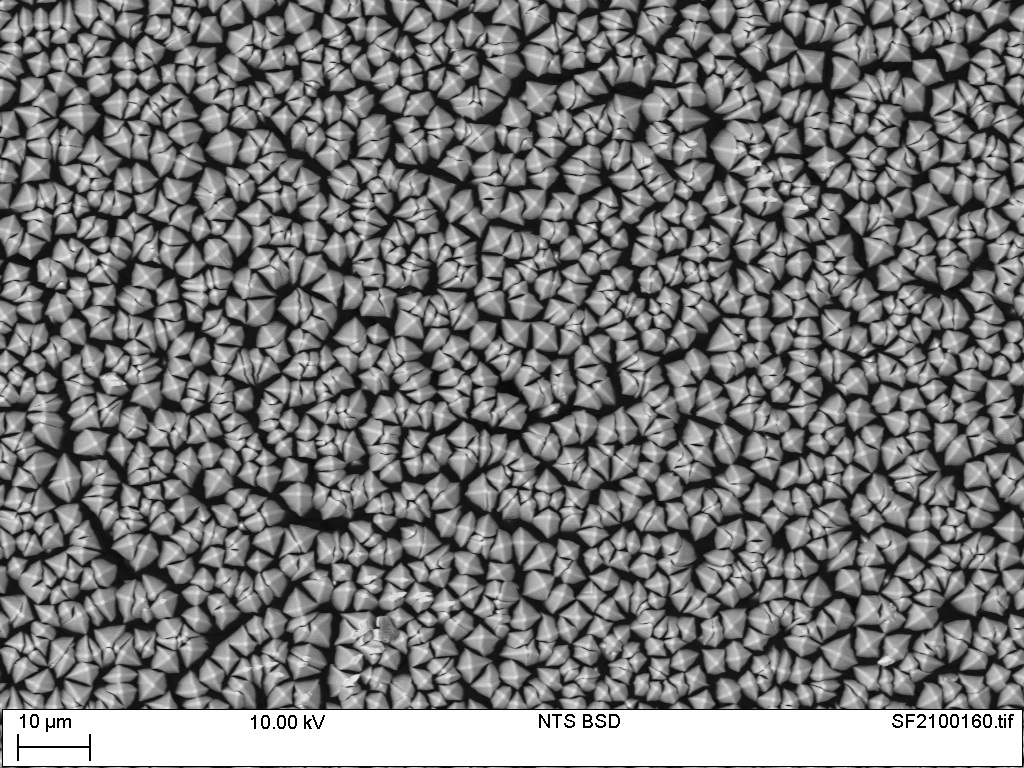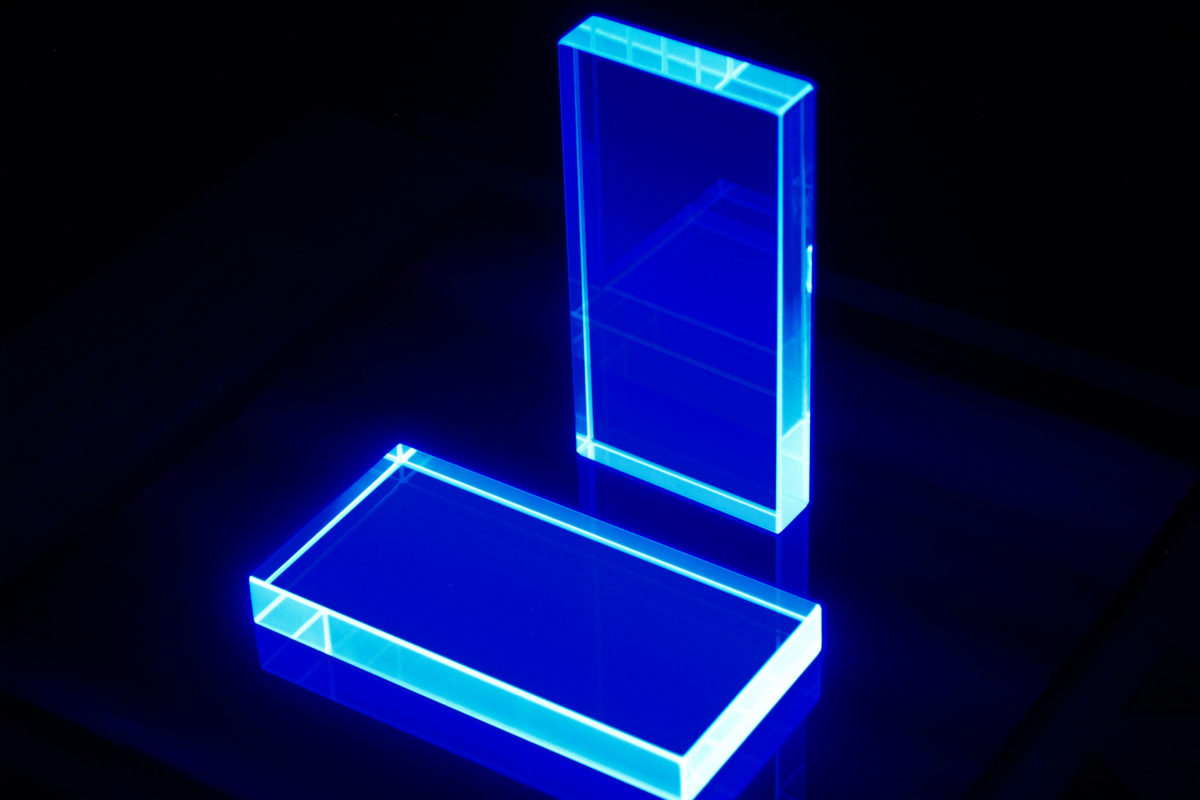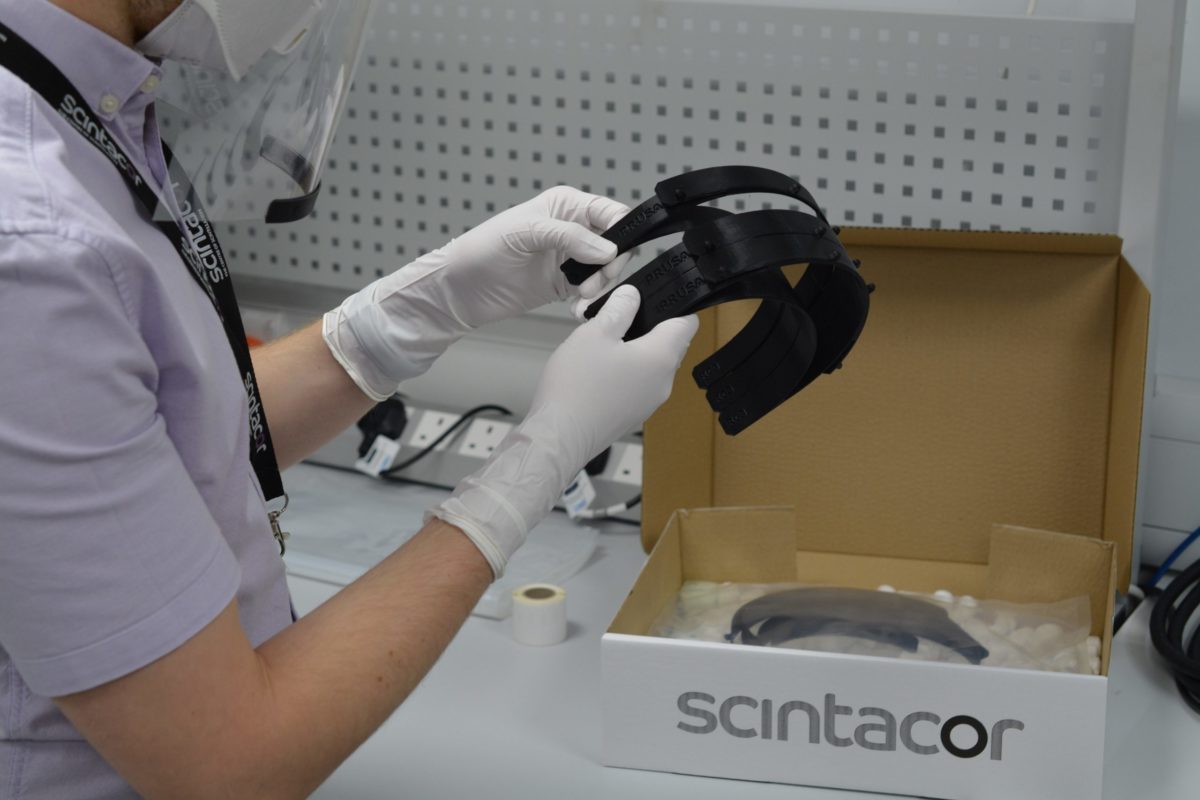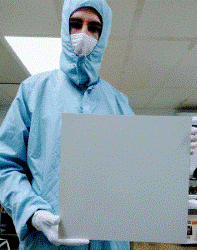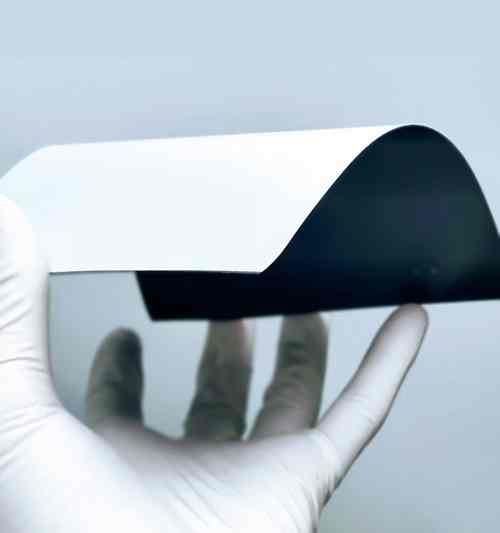Pixi (Planetary In-Situ X-ray Imager) projectScintacor is collaborating with eXaminArt, on the Nasa funded PIXI (Planetary In-Situ X-ray Imager) project to develop an in-situ high-resolution X-ray computed tomography (microCT) instrument to analyse geological samples on the surface of Mars. The instrument will double as an X-ray spectrometer to map the...
In this interview, AZoM talks to Ed Bullard and Martin Lewis, CEO and Principal Engineer at Scintacor respectively, about Scintacor, the company's products, capabilities, and vision for the future. Ed Bullard: "We want to expand the range of products we offer. Moving beyond the specific dental X-ray market into...
Scintacor’s micro-columnar CsI as seen in a Scanning Electron Microscope (SEM) - separate needles of CsI grow to form a structure that has light-guiding properties in the vertical direction. Thallium doped micro-columnar Caesium Iodide (CsI) is a uniquely important material in the world of X-ray detection devices. For Scintacor...
Homeland Security – Optimization of Neutron Detection Module based on 6Li-Glass scintillator and an array of SIPMs –NRCN & Ben Gurion University Israel. Download Full Article NEUTRONS do not interact directly with electrons in matter; therefore, the mechanisms for detecting neutrons are based on indirect methods through nuclear reactions in converter...
As part of our contribution to the fight against COVID-19 Scintacor are repurposing 3D printers in our Cambridge facility to make face shields for local NHS healthcare workers. Scintacor would like to take this opportunity to thank all the NHS staff and essential workers!rs. If you would like to join this...
Scintacor are taking the situation with regards to COVID-19 extremely seriously; the safety and wellbeing of our staff, customers and supply chain partners is of paramount importance to us. We are working very hard to maintain, appropriate product supply and support to our customers. We are following the relevant Government...
Please can you introduce yourself, and your role at Scintacor? Andrew Lee CTO Scintacor I’m Andrew Lee, and I joined Scintacor at the beginning of this year as CTO. My role is to manage and guide the technical teams here to provide support to our customers and to the rest...
Large-area-CsI:Ti scintillators up to 310mm x 310mm active area Scintacor’s Caesium Iodode CsI scintillators have long been at the heart of many dental X-ray devices. Now with the capability of up to 310mm-square active area we are able to offer the same high-quality scintillators for use in mammography, cone beam...
31st October – 7th November 2020 – Please drop by our Virtual Booth to find out about our latest Scintillator solutions for Medical, Security, and Research applications. Scintacor is the leading independent supplier of area scintillators for the conversion of different types of radiation into light. Our experience and expertise in...
3.30pm EST -Come hear our CTO Andrew Lee - Presentation - Scintacor's capabilities, allowing you to visualise the invisible, a tour of our products and facility. IEEE Conference Online Program
